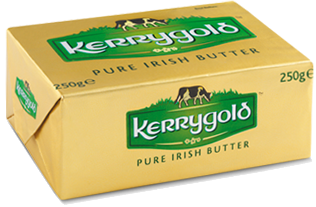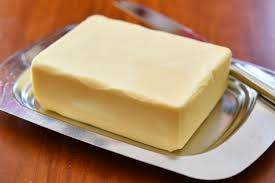The Health Benefits Of Butter
Nutrition facts
As it’s mainly composed of fat, butter is a high-calorie food.
One tablespoon (14 grams) of butter packs about 100 calories, which is similar to 1 medium-sized banana.
Fats in butter
Butter is about 80% fat, and the rest is mostly water. It’s basically the fatty portion of milk that has been isolated from the protein and carbs.
Butter is one of the most complex of all dietary fats, containing more than 400 different fatty acids.
It is very high in saturated fatty acids (about 70%) and holds a fair amount of monounsaturated fatty acids (about 25%).
Polyunsaturated fats are only present in minimal amounts, consisting of about 2.3% of the total fat content.
Other types of fatty substances found in butter include cholesterol and phospholipids.
Short-chain fats
Around 11% of the saturated fats in butter are short-chain fatty acids (SCFAs), the most common of which is butyric acid.
Butyric acid is a unique component of the milk fat of ruminant animals, such as cattle, sheep, and goats.
Butyrate, which is a form of butyric acid, has been shown to reduce inflammation in the digestive system and has been used as a treatment for Crohn's disease.
Daily trans fats
Unlike trans fats in processed foods, dairy trans fats are considered healthy.
Butter is the richest dietary source of dairy trans fats, the most common of which are vaccenic acid and conjugated linoleic acid (CLA).
CLA is associated with various health benefits.
Test-tube and animal studies indicate that CLA may protect against certain types of cancer.
CLA is also sold as a weight loss supplement.
However, not all studies support its weight loss effects, and it’s possible that large doses of CLA supplements may harm metabolic health.

